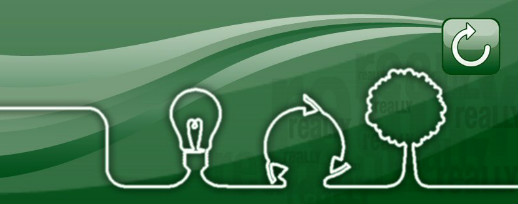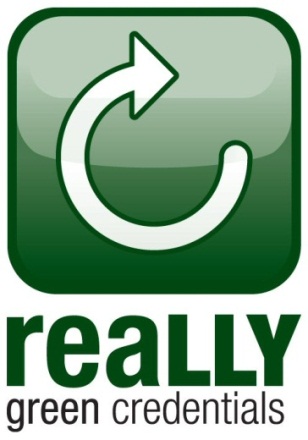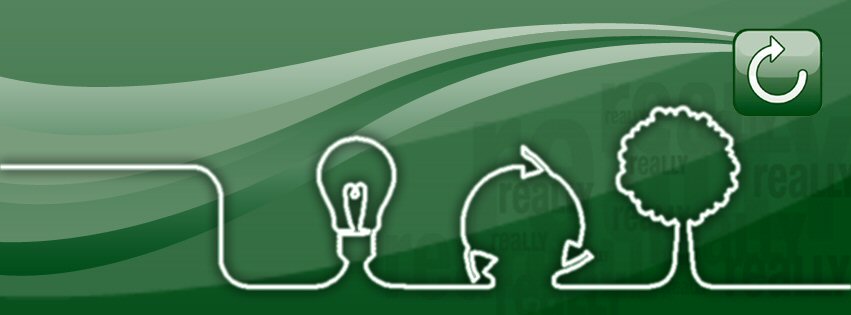
Simple Guide to Waste Licences and WEEE

A Simple Guide to
Waste Licenses and WEEE
| Type of approval | Regulated by and Permitted to undertake | What this means |
| Duty of Care |
A requirement for every person or organisation to ensure the correct transportation and treatment of the waste they hold. |
Every person / company who has waste has a ‘duty of care’ to ensure that any waste they produce is handed to an organisation that is permitted to carry it; and that it is taken to a treatment facility (or interim transfer / storage facility) that is permitted to accept and treat it correctly. The waste must be consigned correctly on a waste transfer note or hazardous waste consignment note using the correct waste description (including any special handing requirements). This is order to ensure that all parties handling the waste know what it is and what special handling requirements it may require and the type of end-treatment facility it may be allowed to go to. The consignment note must include a declaration to indicate that the waste management hierarchy of options (reuse; recover; recycle) has been applied. |
| Waste Carrier Permit |
A permit that allows a haulier / logistics company to collect and transport waste from the site where the waste is produced or stored to the next storage / transfer point or end-treatment facility. |
All haulage / logistics companies that wish to carry waste (they didn’t generate themselves) must hold a current waste carrier permit. This includes charities and not-for-profit collecting waste. They must provide their permit number on all waste transfer notes or hazardous waste consignment notes and ensure that the drivers are aware of the nature of waste they are carrying and how it should be handled etc. With a few exceptions, a company is permitted to carry its own waste to the transfer station or end-treatment facility in its’ own vehicles without the need to hold a waste carrier permit. This does not allow a company to hire in a sub-contractor on its behalf or allow a service contractor (e.g. facility management company; building / construction company / equipment supplier) to take the waste away without their own permit.. e need to hold a waste carrier permit. the transfer station or end-treatment facility in its're carrying and how it sh A haulage / logistics company holding a waste carrier permit cannot simply use other haulage / logistics companies and include them under their permit. Each sub-contractor must have their own permit. |
| Waste Management Licence (WML) / Environmental Permit (EP) | A licence or permit that defines what a site can accept and treat and sets some annual volume limits, storage limits (at any one time) or emissions limits or other operational conditions so the UK Authorities can quickly assess the sites level of “hazard” or exposure if an incident occurs. |
The site will have limits for its actual operations on that specific site / location. Each site may be permitted to hold / handle and treat a number of types of waste (including WEEE). (EP’s replaced the WML requirements in 2010 providing for ‘Standard’ permits for sites processing less than 10,000t per annum. An Pre-existing sites with a WML may have had to apply for a new EP or amendments were granted to their existing license to allow certain WEEE activities. The EA local officers will inspect sites based upon the WML or EP conditions and national legislative requirements. |
| Authorised Treatment Facility. (ATF) | - |
This title is given to sites that are able to accept WEEE at their facility. Their WML or EP will state the types of WEEE that they are allowed to accept (or excludes certain groups). It does not mean that the WEEE they accept is actually disassembled at the facility. An ATF can pass (e.g. sell) WEEE they receive to other waste stakeholders (e.g. brokers; other treatment facilities; exporters etc.) “Treatment” can mean that only a basic removal of cables; plugs etc. process is carried out. This type of site is not permitted to generate WEEE evidence in compliance with the WEEE Regulation. |
| Approved Authorised Treatment Facility (AATF) |
A separate annual application process specifically implemented for the WEEE Regulations. Only an ATF may apply / be approved as an AATF. |
This type of site is permitted to generate WEEE Evidence on WEEE they receive as a first-step treatment for a PCS in compliance with the WEEE Regulations. Evidence notes may not be written on non-obligated WEEE (e.g. WEEE that has not be separately collected or received at a Designated Collection Facility). They are required to submit quarterly returns to the Environment Agency (or SEPA / NIEA) with the volume of obligated and non-obligated WEEE they receive. |
This is a simple overview and doesn’t deal with all the complexity of waste laws and licensing.
For example Exemptions are used widely by sites that at least initially operated below a notional waste threshold (e.g. a T11 permit allows a small site to receive and treat / reuse WEEE but limits the annual volume it may receive to a maximum of 1000t p.a.) Some Exemptions have more detail than others and you should be extra diligent if you are dealing with a site running on Exemptions as these sites are not subject to the same EA check that a full WML or EP would be. If you pass waste to a site running under Exemption you would be wise to conduct extra inspections to assure yourself your waste is being handled appropriately.
